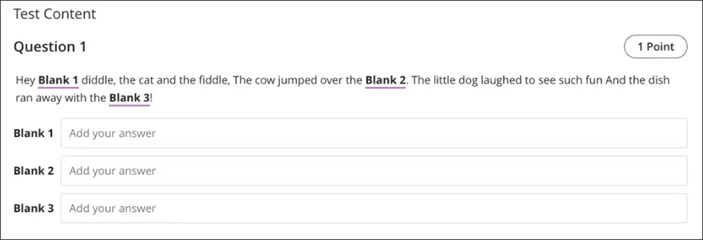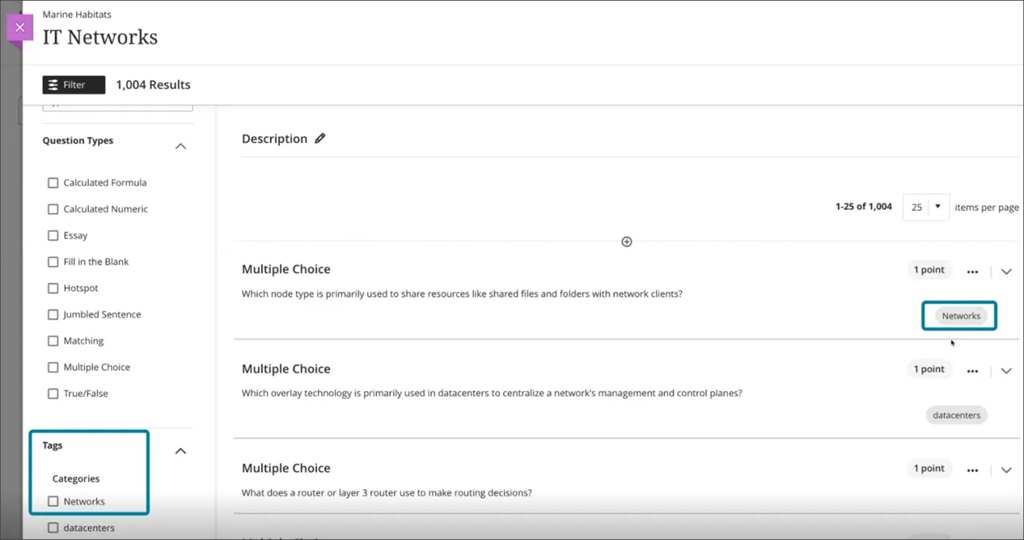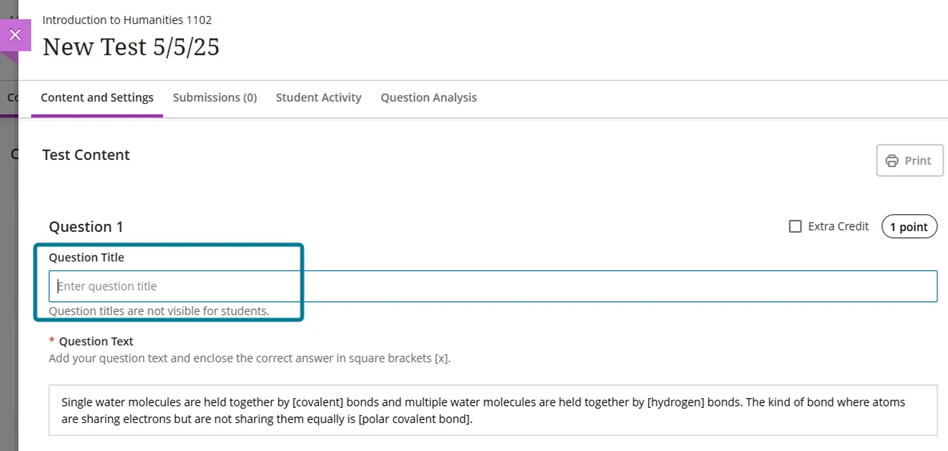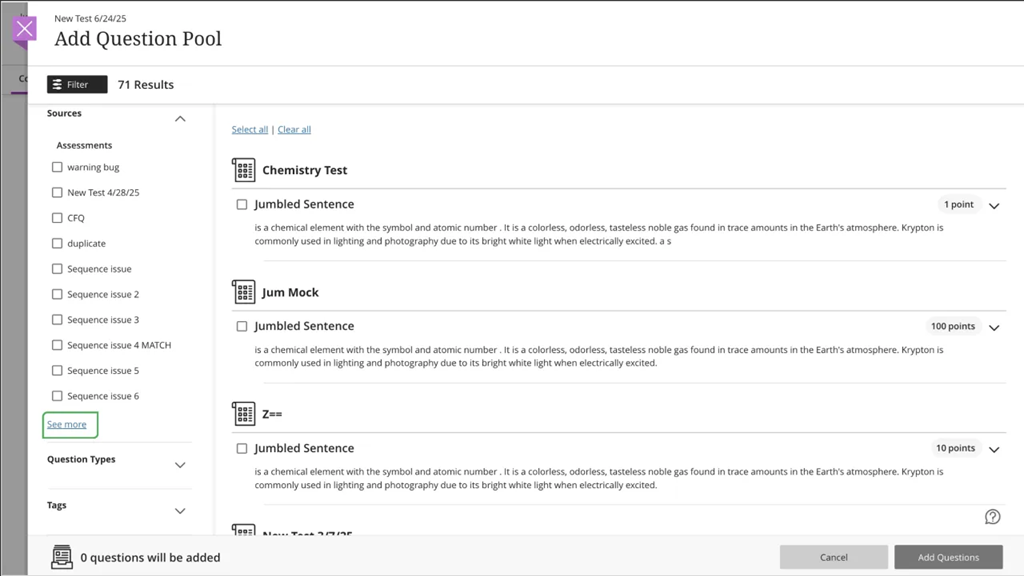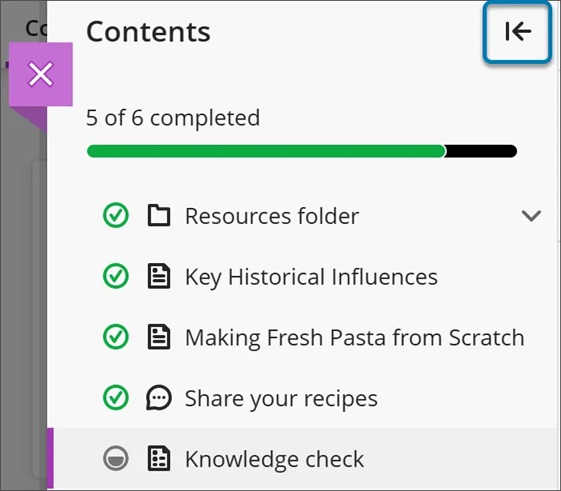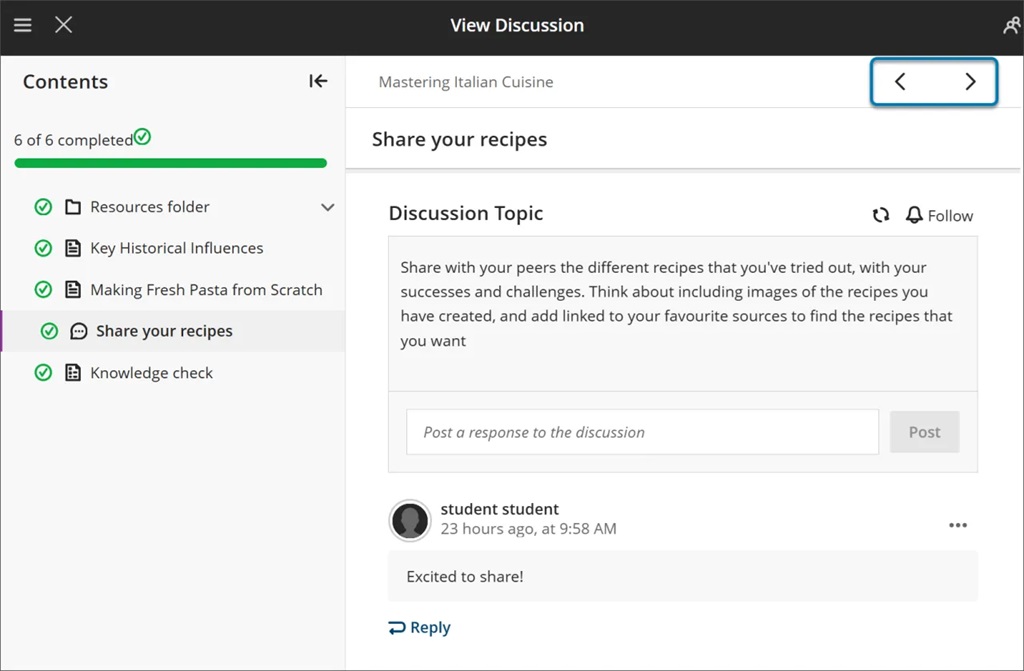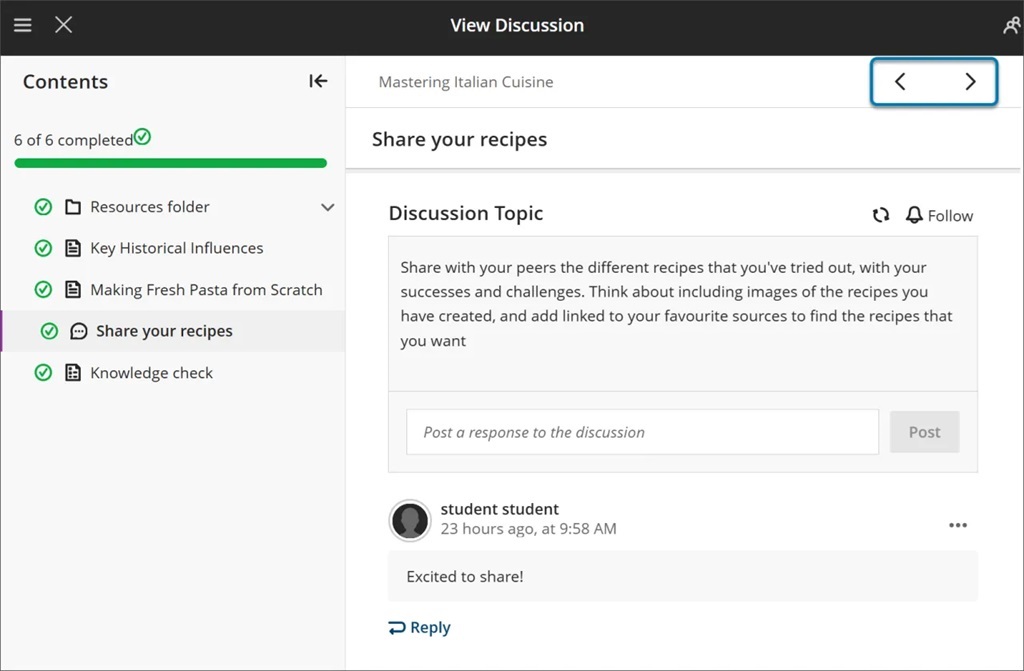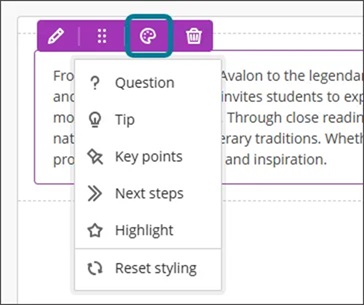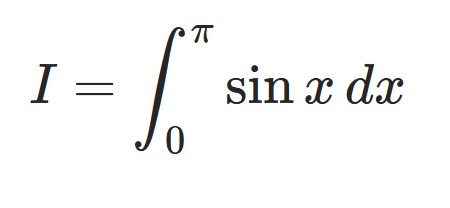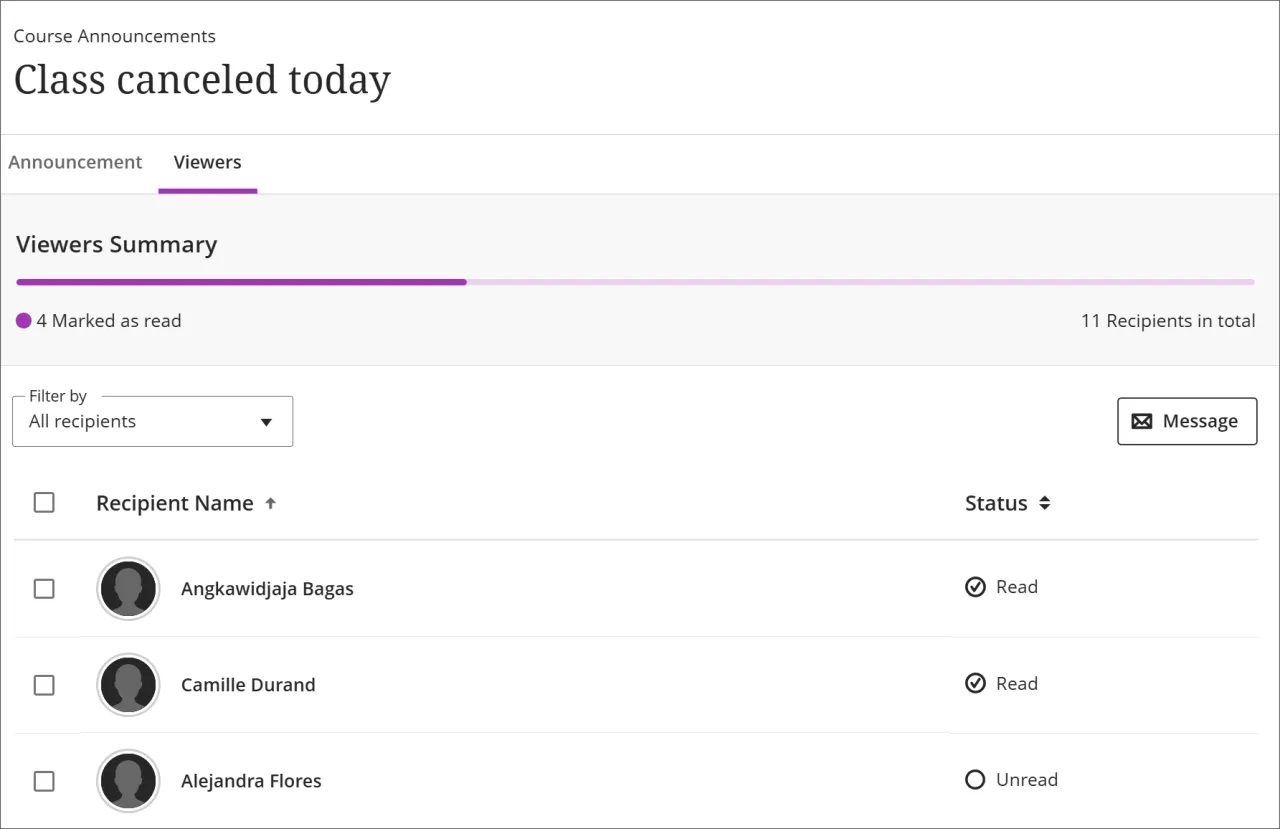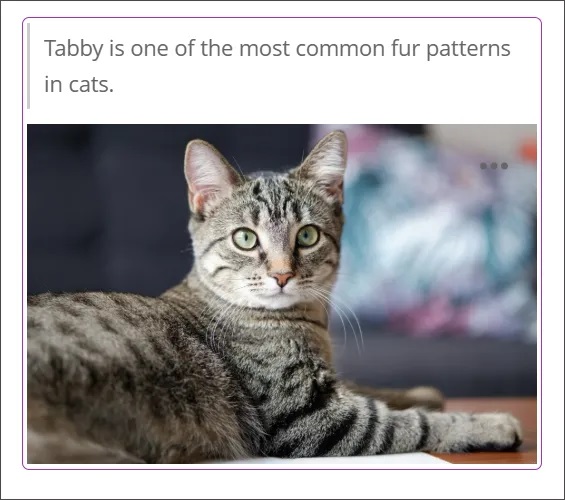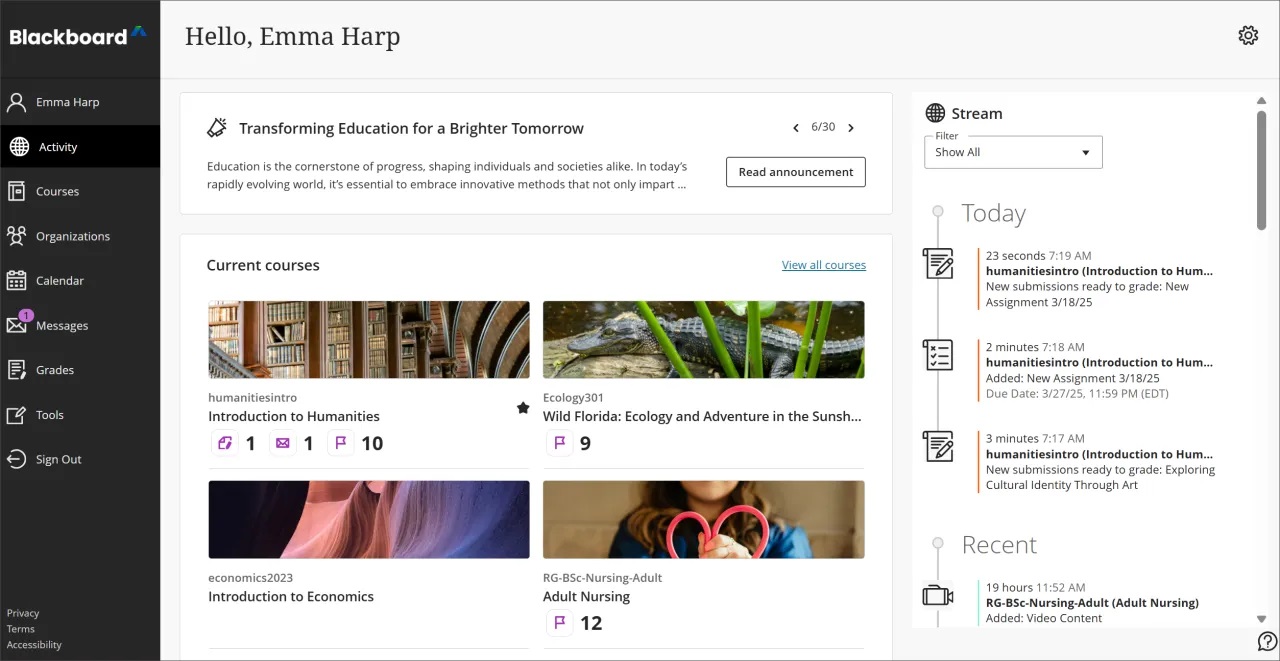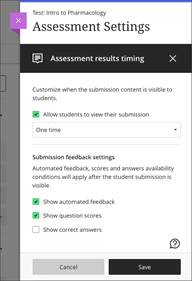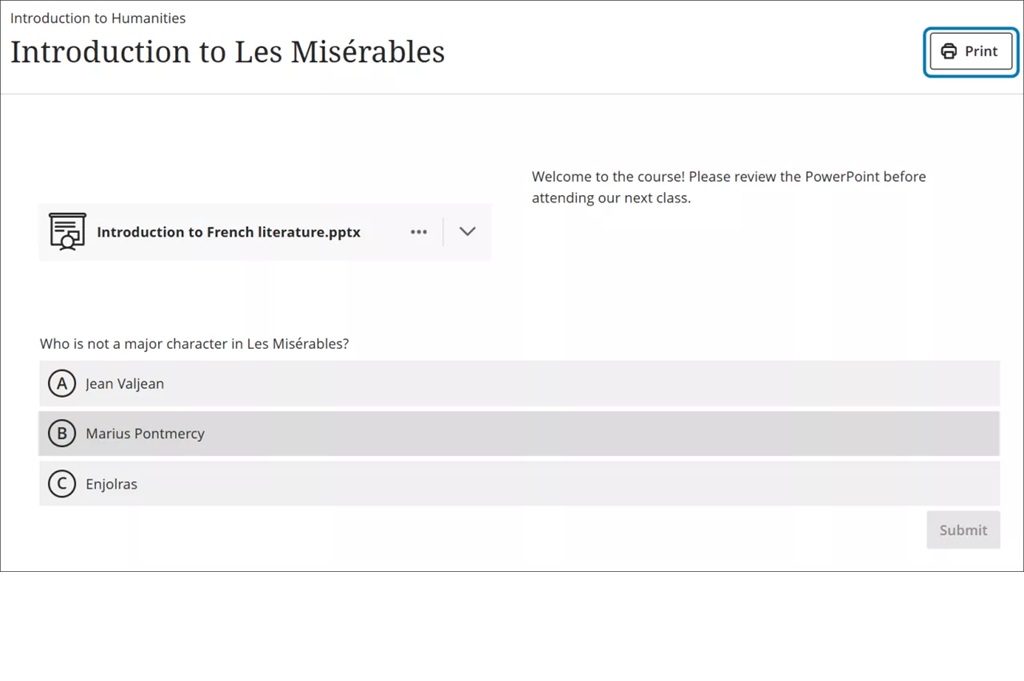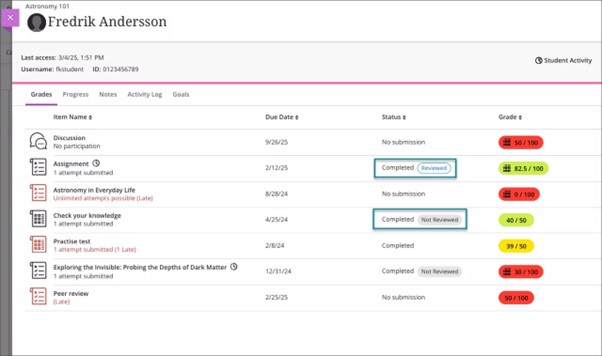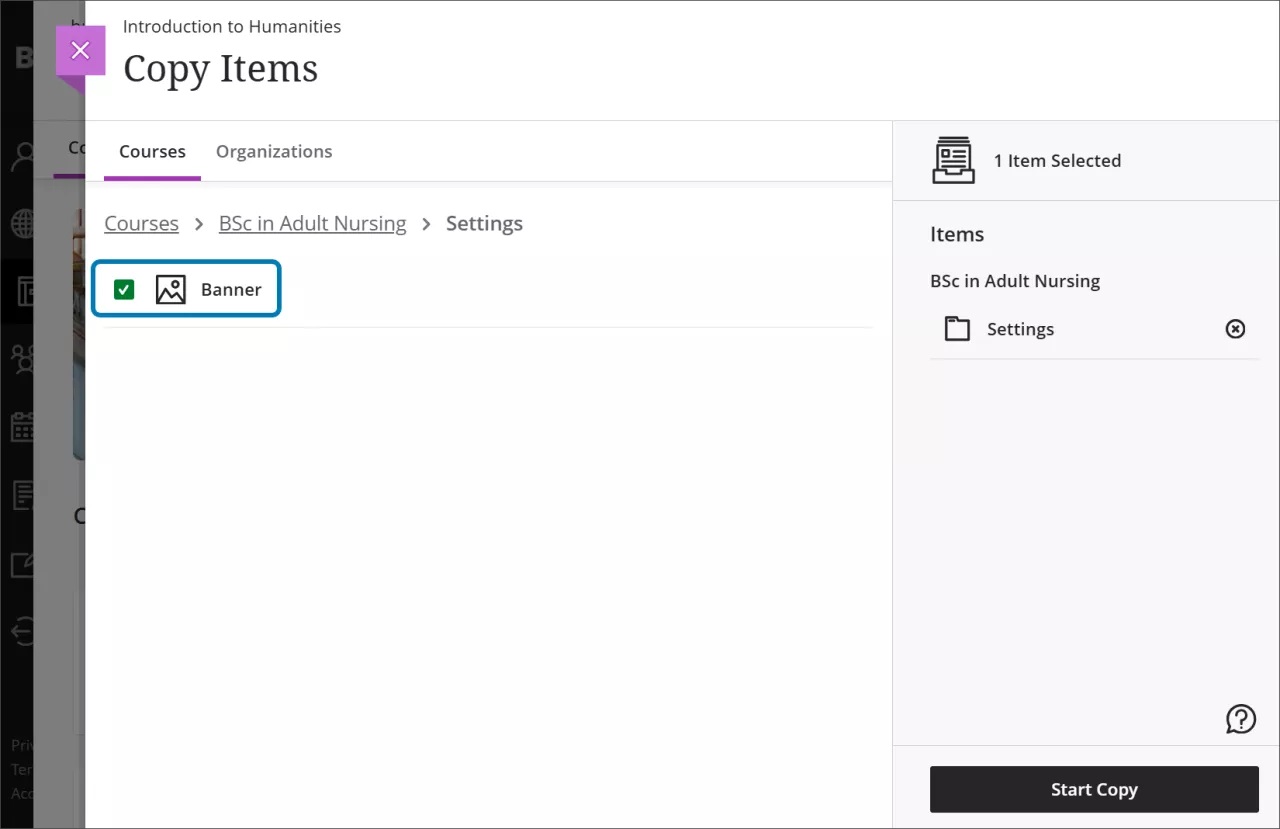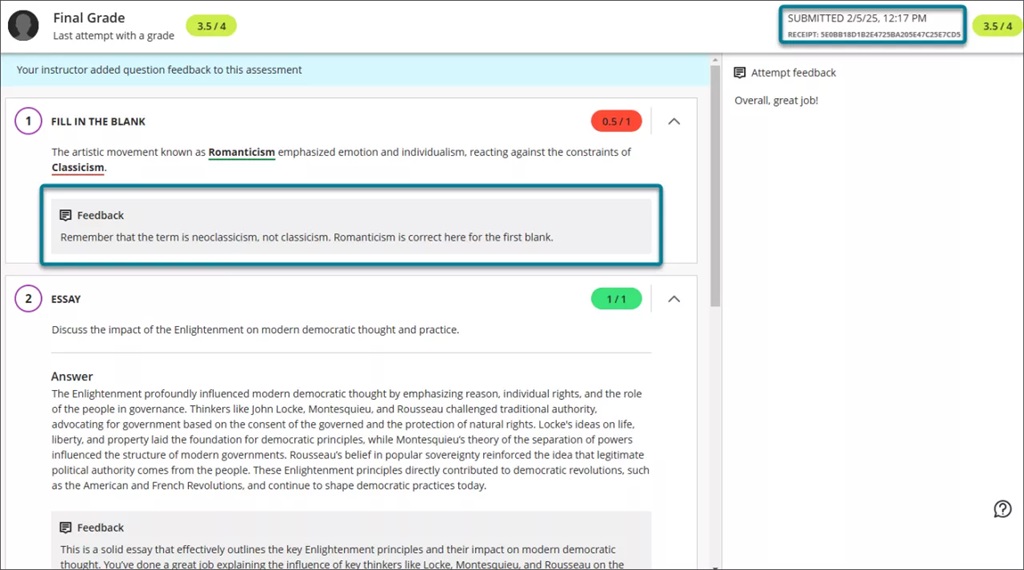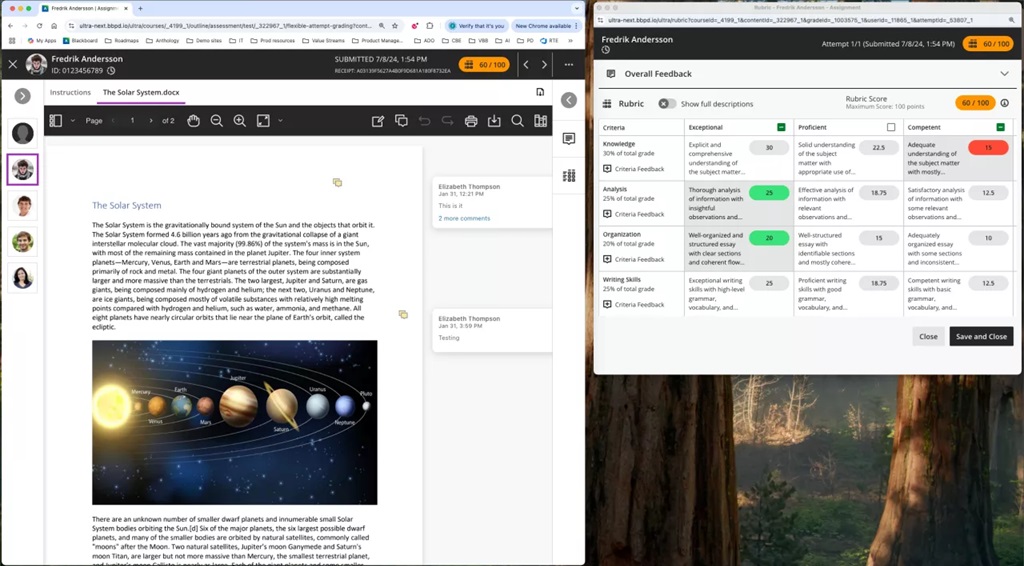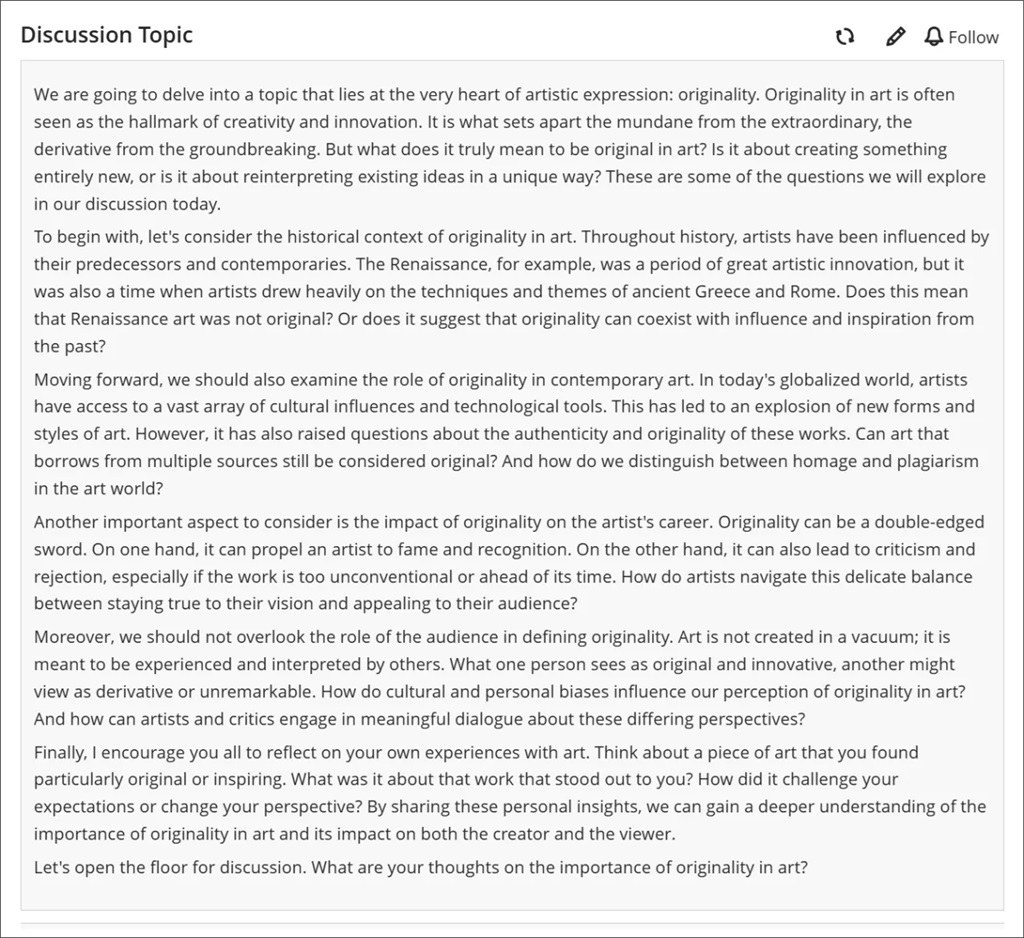
In the December update, we want to draw your attention to the following Blackboard enhancements:
- Specify participation requirements for Discussions
- Support Inline and Display Formulas in MathJax
- Learning Module Table of Contents
- Set release conditions for open or started and for non-assessment content items
- Improved handling of group membership changes for group assignments
- Improved Automations experience
Specify participation requirements for Discussions
Instructors now have greater flexibility when managing student participation in graded Discussions.
With this update, instructors can specify required student responses for a Discussion topic.
Instructors
Instructors can now make clear participation requirements to students. The initial release adds participation requirements to the existing due date(s) for discussions. Instructors can set requirements on the number of required posts and/or replies for a student to fulfil the requirement.
The status of participation requirements is updated through to completion, giving a student a clear understanding of progress made. Participation requirements are linked to progress tracking, so that will be accurately displayed for the student to monitor.
This update does not affect grading workflows or Gradebook structure.
Image 1: Instructors being able to set participation requirements in discussion settings.

Students
The new participation requirements in Discussions give students a clearer understanding of instructor expectations in an assigned Discussions topic. Students can monitor their progress both in the assigned Discussions topic as well as in Progress Tracking.
Image 2: Showing the complete state when all the requirements have been met.

Support Inline and Display Formulas in MathJax
MathJax support in the Content Editor now includes additional LaTeX delimiters for rendering mathematical formulas. This update improves compatibility with standard STEM workflows and simplifies uploading exam content without changing source files.
Instructors and students can now use:
- \(…\) for inline equations
- \[…\] for display equations
These options are in addition to the existing $ delimiters. Expanded support improves the experience of working with mathematical notation in Ultra courses and enhances visual clarity for complex expressions such as integrals, sums, and products.
Learning Module Table of Contents
Instructors now have access to a collapsible Table of Contents panel in Learning Modules. This update mirrors the student experience and supports consistent navigation across roles.
The Table of Contents panel includes all items in a learning module. Select Contents to open or collapse the panel. Instructors can navigate the full module structure and align course design with the student experience.
Image 1: Instructor view of a Learning Module with the Table of Contents panel open.

For smaller screen sizes, when an instructor sets up an assignment within a learning module, the settings panel moves from the right-hand side into the header bar. This is signified by a settings cog.
The change has been made to allow more space on the screen with the left-handed table of contents available. Users accessing that board on smaller screens, you will notice that the settings cog has moved to the header bar for that particular piece of assessment.
Set release conditions for open or started and for non-assessment content items
We expanded release conditions to include activity on items including non-assessment content. This enhancement allows conditions to be based on whether a student has opened or started content items such as documents, media, or course links. Instructors can now control access based on whether a student has opened or started a prerequisite content item.
Key options for release conditions:
- Unopened: The student has not accessed the item.
- Opened or Started: The student has accessed the item.
For example, an instructor can require students to open a reading or watch a video before an assessment becomes available.
Improved handling of group membership changes for group assessments
We’ve enhanced Flexible Grading and the Submissions page for group assessments to better handle changes in group memberships. These improvements ensure grading accuracy and reduce confusion when groups are modified after submissions:
- On the Submissions page, if all members are removed from a group:
- The group avatar displays a ? icon.
- A No members label appears.
- The group name becomes non-selectable.
- For active groups, the Flexible Grading interface always shows the current group members for each attempt.
Image 1: On the Submissions page, a No Members label appears in groups with no members.

Image 2: The Flexible Grading interface shows the current group members for each attempt.

Improved Automations experience
Back in October we launched automations – an automated messaging tool to contact students based on marks in the gradebook.
Several enhancements have been made to automations in this month’s updated:
Instructors
- Better visibility of Automations actions
- Users can now check the status of each automation directly from the list.
- Each automation now displays who executed it, increasing transparency in multi-instructor courses.
- Cleaner interface and more intuitive interactions, including:
- Pagination on the automation list for smoother navigation.
- Improved error messaging and validation when configuring numeric inputs.
- Minor layout and usability improvements for the automation rules panel.
- String and localisation improvements.
Image 1: There is an indicator of the status of each automation in the list (active or inactive). The last person to execute the action is stated under each automation, and an error message is displayed for an automation that is incorrectly configured.

If you have any enhancements to request from Blackboard, please get in touch with us via elearning@aber.ac.uk.







